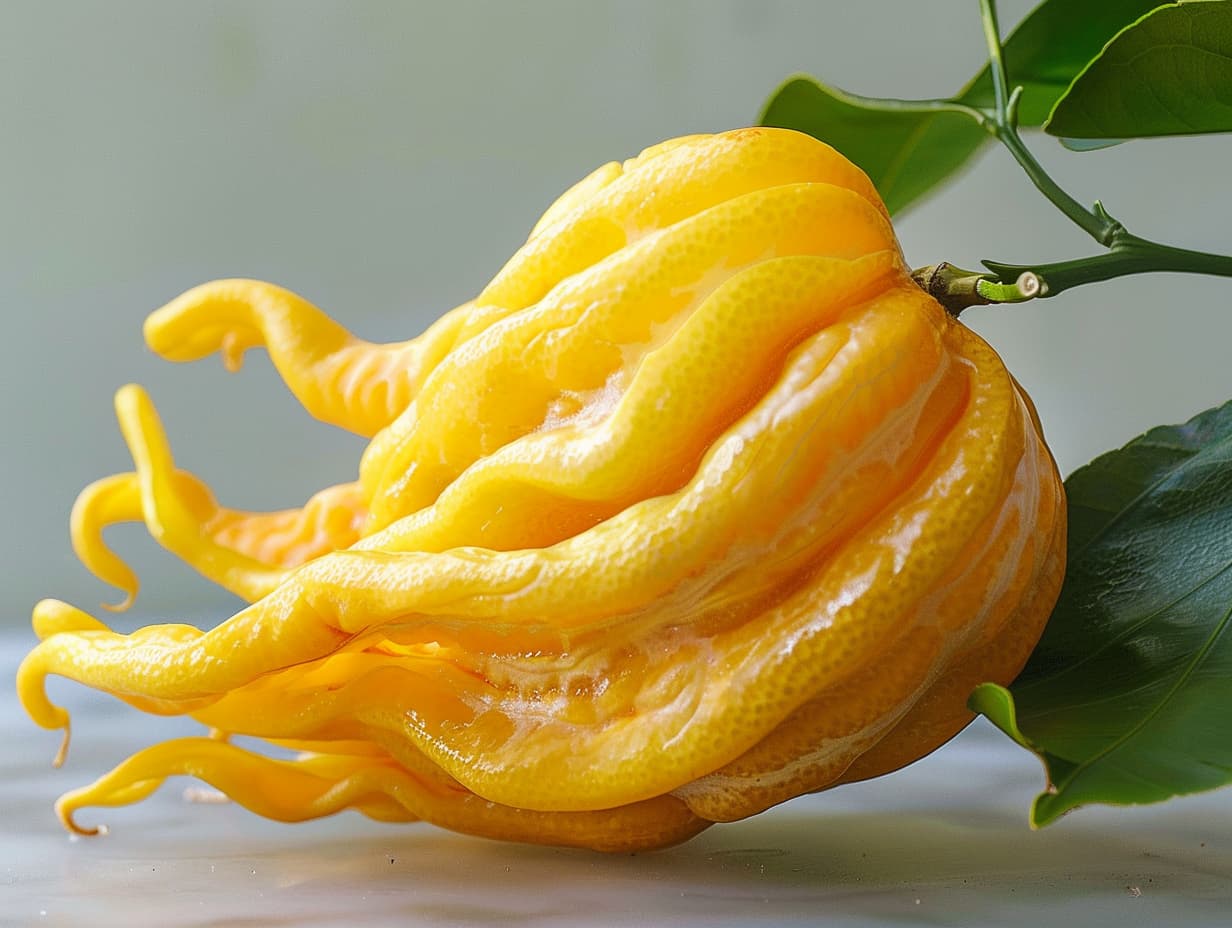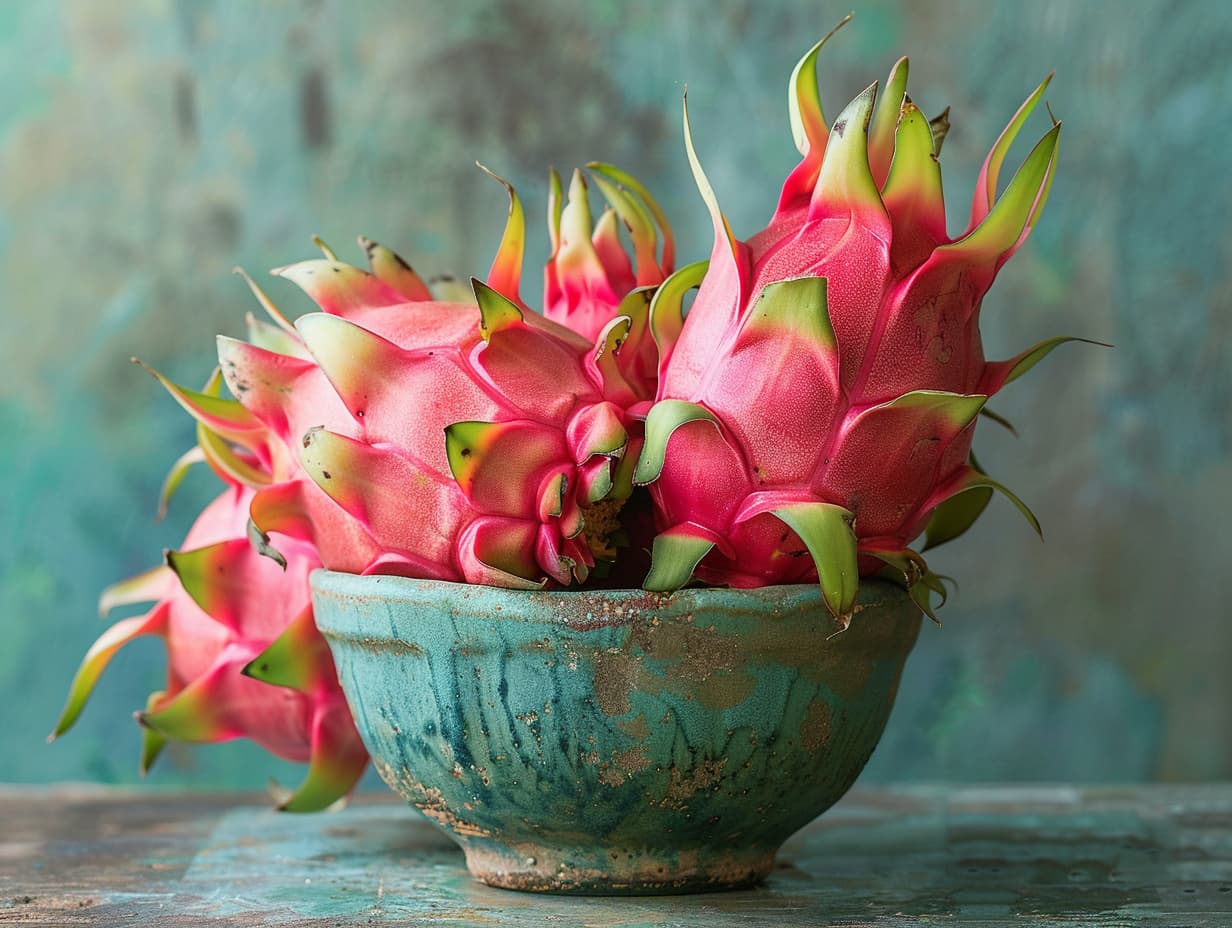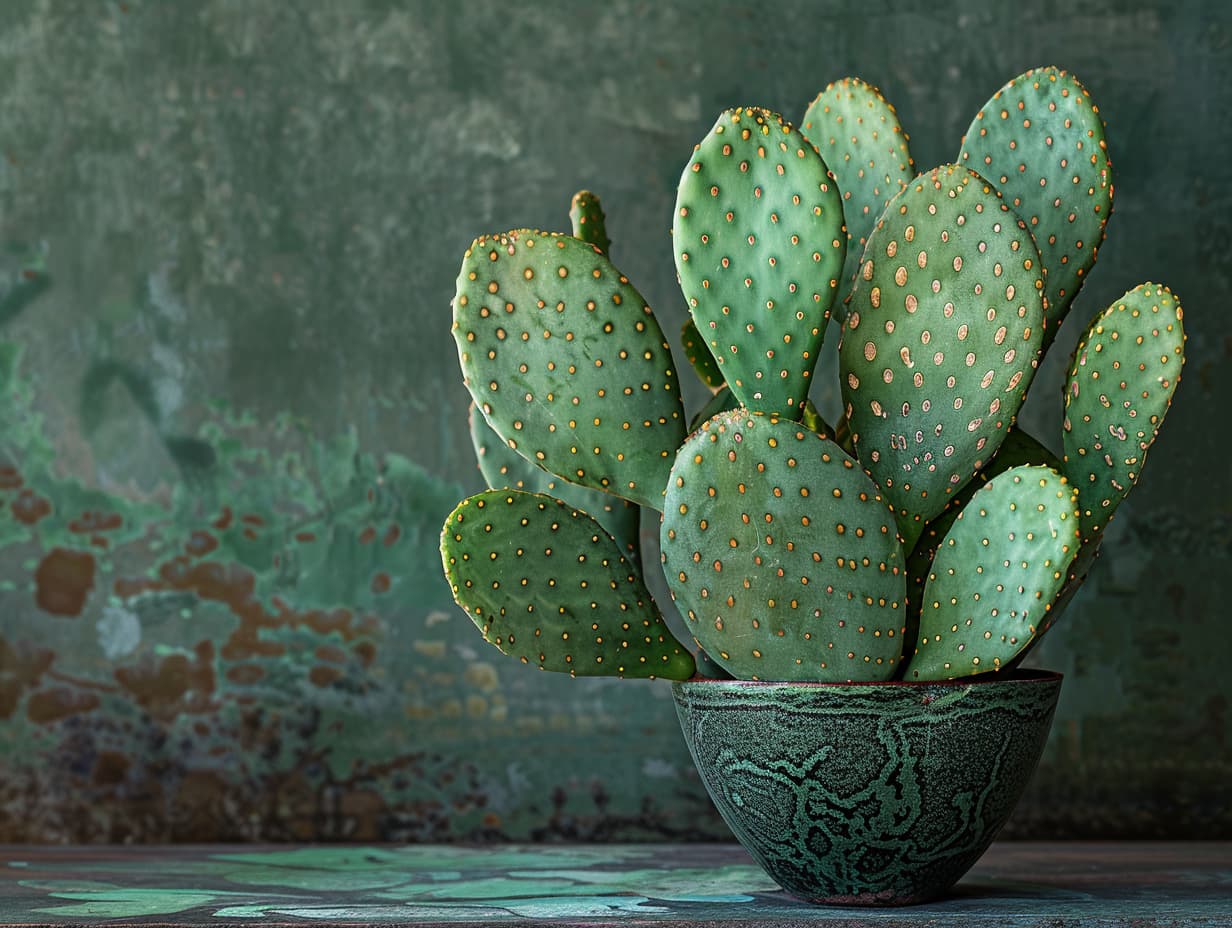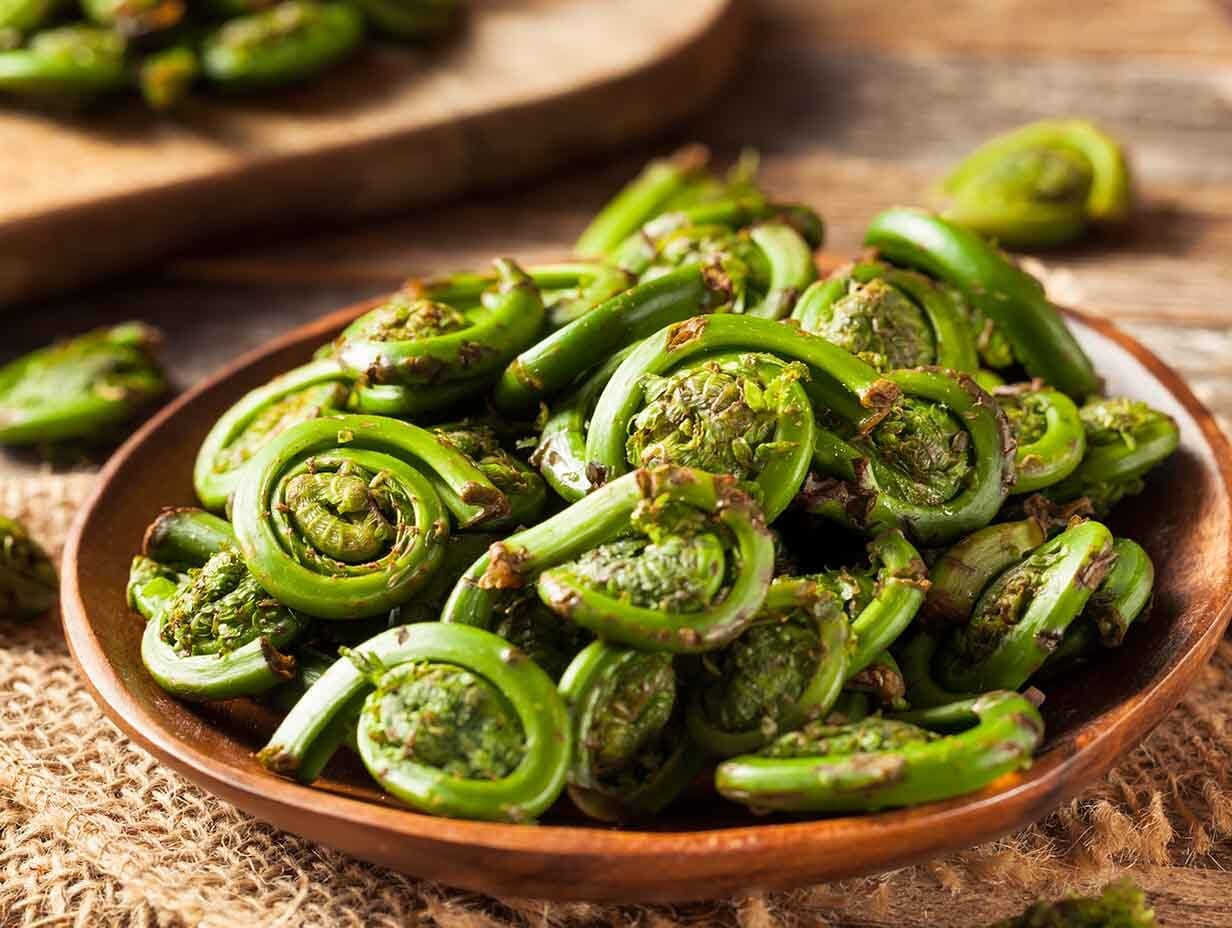When you buy products via links on our website, we might receive an affiliate commission. Learn more
12 Bizarre Edible Plants That Look Alien But Taste Amazing

Have you ever looked at a plant and wondered if it's from another planet? Mother Nature has a way of astounding us with her creativity, especially when it comes to the edible plants that seem as if they come from the depths of outer space.
Yet, despite their bizarre appearances, many of these plants offer amazing flavors and are packed with nutrients. In this blog, we’ll explore some of the most alien-looking edible plants that are not only safe to eat but delicious as well.
Romanesco Broccoli: Nature's Fractal

At first glance, Romanesco looks like a prop from a sci-fi movie. This stunning vegetable is characterized by its fractal shape and vibrant green color.
Romanesco is not just visually captivating; it has a nutty flavor that is milder and sweeter than traditional broccoli.
It’s perfect for both raw and cooked dishes, adding a crunch that evolves into a tender texture when cooked.
Buddha’s Hand: The Citrus with Fingers

Buddha’s Hand might seem more like a creepy sea creature than a citrus fruit. This unique fruit is segmented into finger-like sections and is often used for its strong, lemony fragrance.
Unlike other citrus fruits, it contains no juice or pulp—just a thick peel and a pith that are both edible. It’s commonly used to perfume rooms and clothing, though it can also be zested or candied to add a unique flavor to dishes.
Dragon Fruit: A Tropical Delight

Dragon fruit, or pitaya, with its vibrant pink skin and green scaly spikes, looks like it should be breathing fire. Inside, it houses a sweet, mild-tasting flesh that can range from white to deep magenta, speckled with tiny black seeds.
Dragon fruit is high in vitamins, minerals, and fiber, making it a popular choice for smoothies, salads, or simply eaten on its own.
Rambutan: The Hairy Lychee

Rambutan, with its hairy exterior, might remind you of a small sea urchin. Peel back its outer layer, however, and you’ll discover a juicy, translucent fruit that closely resembles lychee in flavor.
This fruit is sweet with a slightly creamy taste and is often eaten fresh or mixed into fruit salads. Its flesh also makes a great addition to tropical drinks and desserts.
Kiwano: The Horned Melon

Kiwano, or horned melon, features horn-like spines and a bright orange skin, making it one of the most visually striking fruits.
Inside, its lime green, jelly-like interior is refreshingly tangy and similar in taste to a mix of cucumber, zucchini, and kiwifruit. It’s a fantastic addition to salsas, salads, or simply eaten with a spoon, and its vivid appearance makes it a great garnish.
Durian: The King of Fruits

Durian is infamous for its strong odor, which some describe as a mix of rotten onions and turpentine.
However, those who get past the smell are rewarded with a rich, custard-like flesh that tastes like almonds. In Southeast Asia, it’s prized as a delicacy and used in sweets like ice cream and traditional desserts.
Chayote: The Space-Age Squash

Chayote, part of the gourd family, might remind you of a green, wrinkly apple. It’s a versatile vegetable that, despite its unusual appearance, can be used much like a squash.
With a crisp texture and a subtly sweet taste, chayote works well both raw and cooked. It absorbs flavors beautifully, making it perfect for stir-fries, salads, and stews. Plus, it’s rich in vitamin C, making it as nutritious as it is delicious.
Sea Buckthorn: The Vibrant Orange Berry

Sea buckthorn berries are small, orange, and clustered on branches like tiny luminous bulbs. They might look odd dangling from their spiny branches, but these berries are a powerhouse of nutrients.
Tart and tangy, they are typically used in syrups, preserves, or juices rather than eaten raw. Packed with antioxidants, vitamins, and essential fatty acids, sea buckthorn is a favorite in traditional medicines and skincare products.
Salak (Snake Fruit): Scales and All

The skin of the salak fruit resembles the scales of a snake, making it one of the most strikingly alien-looking fruits in the world.
Beneath this intimidating exterior lies a sweet and tangy flesh with a texture similar to apples. Often referred to as snake fruit, salak is a staple in Southeast Asian markets and is loved for its unique blend of sweet, sour, and astringent flavors.
Nopales: The Edible Cactus

Nopales are the pads of the prickly pear cactus, and their appearance is as rugged as you’d expect from a desert plant.
Once the spines are removed, these fleshy pads offer a mild, slightly tangy flavor and a texture similar to green beans. Nopales are commonly used in Mexican cuisine, often grilled or boiled and incorporated into salads, tacos, and scrambled eggs.
Monstera Deliciosa Fruit: The Delicious Monster

Often known for its decorative leaves, the Monstera deliciosa also produces fruit that looks like a green ear of corn. When ripe, the fruit’s scales fall away, revealing a pineapple-like interior that tastes like a blend of pineapple and banana.
However, patience is key with Monstera, as the fruit takes over a year to ripen and can be toxic if eaten prematurely.
Fiddleheads: The Curled Wonders

Fiddleheads are the furled fronds of a young fern, harvested for a brief period in the spring. They resemble the scroll on the head of a fiddle, giving them a whimsical, otherworldly look.
With a grassy, slightly nutty flavor, they are often sautéed with garlic and are a delicacy in many parts of the world. Fiddleheads are rich in antioxidants and omega-3 fatty acids, adding both health benefits and a touch of gourmet to any plate.
